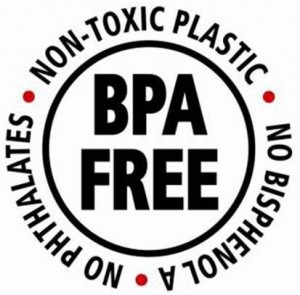 As a society, we put a tremendous value on the health, well-being and education of our children. But how do we know how they are doing?
As a society, we put a tremendous value on the health, well-being and education of our children. But how do we know how they are doing?
Each year, the U.S. government publishes a report – America’s Children in Brief: Key National Indicators of Well-Being – that combines the data from 22 federal agencies to provide a reader-friendly, evidence-based account of the status of children in the U.S.
This year’s report unveils some interesting trends:
- Preterm births declined for the fourth straight year. And fewer children died in the first year of life.
- Average mathematics scores increased for 4th and 8th grade students,
- The percentage of children living in poverty increased, and the percentage of children with at least one parent employed full time, year-round decreased,.
- Fewer you were victims of violent crimes last year
- Fewer young children lived in a home where someone smoked.
You can get the full story at http://www.childstats.gov.












